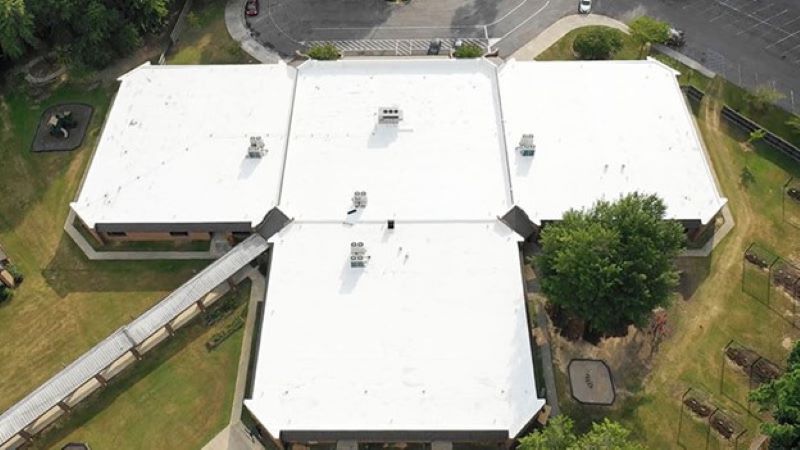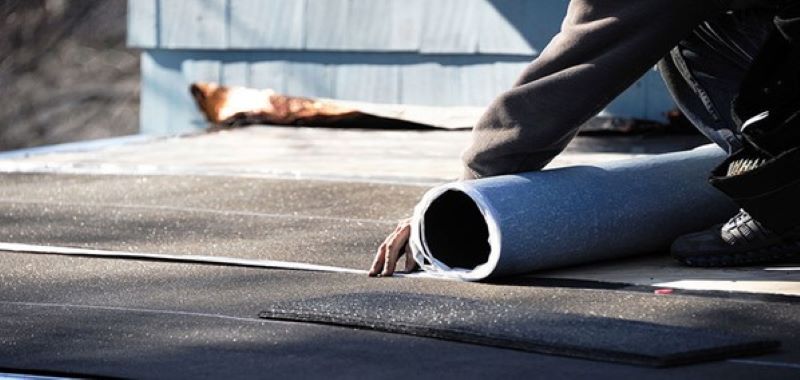Commercial roofing costs can be a major expense for businesses, particularly for those operating on a tight budget. Fortunately, there are several alternatives to expensive commercial roofing that can help reduce costs while maintaining the integrity and durability of the roof. In this blog, we’ll explore some of these alternatives.
01. Thermoplastic Olefin (TPO):
Thermoplastic Olefin, or TPO, is a single-ply roofing material that is growing in popularity among commercial building owners. TPO is a reflective, energy-efficient material that helps to reduce cooling costs in the summer months. It is also highly durable and resistant to damage from UV rays and chemicals.

02. Metal Roofing:
Metal roofing is another cost-effective alternative for commercial buildings. It is highly durable, fire-resistant, and requires minimal maintenance. Additionally, metal roofing is available in a variety of styles and colors, allowing businesses to choose a look that complements their brand and building design.
03. Built-Up Roofing (BUR):
Built-Up Roofing, or BUR, is a traditional roofing option that has been used for many years. It involves layering multiple layers of asphalt and felt or other fabrics to create a durable, long-lasting roofing system. BUR is also highly resistant to damage from extreme weather and UV rays, making it a popular choice for commercial buildings.

04. Modified Bitumen Roofing:
Modified Bitumen Roofing is a type of asphalt roofing that has been modified with added polymers to increase its strength and durability. It is typically applied in two or three layers, providing excellent protection against leaks and other types of damage. Modified Bitumen Roofing is also highly resistant to extreme weather and UV rays, making it a popular choice for commercial buildings in harsh climates.

PVC roofing materials can be a cost-effective option for businesses and homeowners looking for a durable, energy-efficient, and low-maintenance roofing solution. However, it’s important to note that the cost-effectiveness of PVC roofing may vary depending on factors such as the size and complexity of the roof, local labor costs, and other regional factors.
06. Silicone and Acrylic Coatings
These coatings offer distinct advantages and differences. Silicone coatings offer superior durability and weather resistance, making them a long-term investment. They are also highly reflective, reducing energy costs. On the other hand, acrylic coatings are more cost-effective initially and offer good UV resistance and flexibility. However, they may require more frequent maintenance and reapplication compared to silicone. Understanding these differences can help building owners make informed decisions when choosing the right coating for their commercial roofing needs.
In conclusion, there are several alternatives to expensive commercial roofing that can help businesses save money without sacrificing the durability and integrity of their roof. From SPF to Modified Bitumen Roofing, each option has its own unique benefits and drawbacks. When choosing a roofing material, consider factors such as climate, durability, and cost to find the best option for your business and budget.




